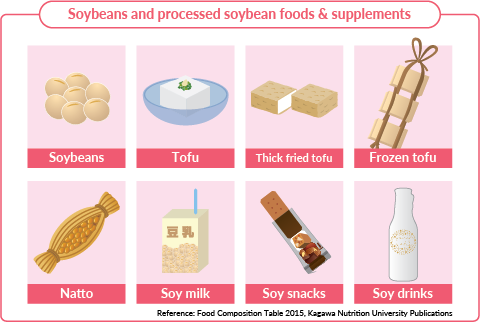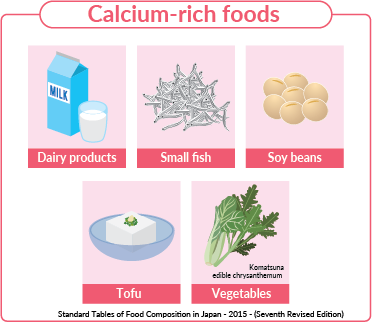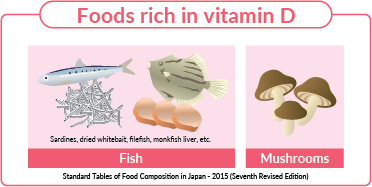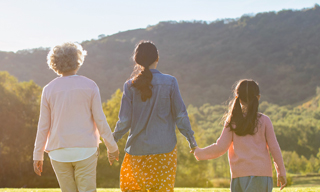Nutrition after menopause
The majority of women reach menopause between the ages of 45 and 55. As the menopause approaches, the activity of the ovaries declines, the secretion of female hormones (estrogen) is disrupted, and various mental and physical symptoms appear. In many cases, this coincides with the time when women in the workplace are likely to hold positions of responsibility, which also tends to be accompanied by a degree of mental and physical stress. Changes in the family environment are also likely at this time, bringing anxiety to their private lives. Self-care is essential for women to sustain their work performance while not having any detrimental effect on their subsequent quality of life or overall healthy lifespan*.
- *Average life expectancy - Nursing care years = Healthy lifespan. The healthy lifespan of Japanese women is 73.62 years (2010), and the average life expectancy is 86.3 years old (Ministry of Health, Labour and Welfare, 2010 simplified life chart)
The decline in the amount of the female hormone estrogen in women following menopause is accompanied by various symptoms such as postmenopausal syndrome, dyslipidemia (hyperlipidemia), osteoporosis etc.
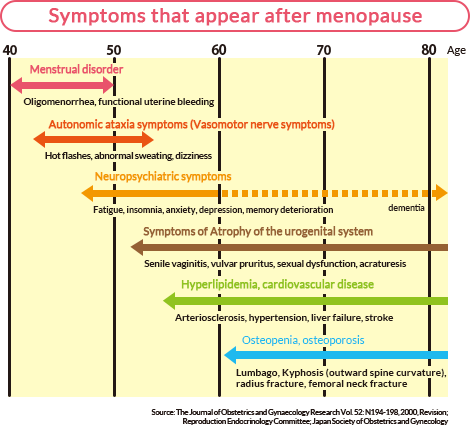
Menopausal disorders
The average age at which women will experience menopause is 50.5 years, with the 5 years both before and after that (that is, from the age of 45 to 55) called the menopausal years. Menopausal disorders is a general term for all manner of symptoms women may encounter before and after menopause and includes mainly hot flashes, perspiration, and other vasomotor symptoms, as well as mental symptoms such as emotional instability and depression. The symptoms of menopausal disorders are believed to be caused by a decrease in the female hormone estrogen as menopause approaches.


Osteoporosis
Osteoporosis is a condition in which bone mass decreases to the extent that bones can be easily fractured. It is caused by a decrease in the amount of the female hormone estrogen, which has a major influence on changes in bone mass.
When the secretion of estrogen decreases due to menopause, aging, disease, etc., bone formation is unable to keep up with resorption (breakdown), and overall bone mass decreases. Older women often suffer from osteoporosis because menopause causes an abrupt decrease in the secretion of estrogen.

Dyslipidemia (hyperlipidemia)
Dyslipidemia (hyperlipidemia) is a disorder in which levels of LDL (low density lipoprotein) and triglycerides in the blood are too high, and HDL (high density lipoprotein) decreases. If left untreated, it can lead to arteriosclerosis (the thickening and hardening of the walls of the arteries), increasing the risk of suffering a heart attack or stroke.
In the case of women, overall cholesterol and LDL levels increase sharply around the age of 50, with neutral fats increasing after the age of 40, and HDL tending to decline after the age of 50. It has been reported that there is a close relationship between the decrease in estrogen and dyslipidemia, and indeed the Ministry of Health, Labour and Welfare statistics show that the number of women with suspected dyslipidemia tends to increase rapidly after the age of 50.







